Tiny Homes: Revolutionizing the Housing Market in 2023
Introduction:
The housing market has been facing numerous challenges in recent years, including skyrocketing prices, limited availability, and increased demand. However, an innovative solution has emerged and gained significant traction: tiny homes. These compact dwellings are making a big impact by offering an affordable, sustainable, and flexible housing alternative. In 2023, tiny homes are proving to be a game-changer, addressing many of the issues plaguing the housing market and providing hope for a more accessible and inclusive future.
Affordability and Cost-Effectiveness:
Tiny homes are redefining affordability in the housing market. With significantly lower construction costs and reduced maintenance expenses, they offer a more attainable homeownership opportunity for many aspiring individuals and families. By embracing minimalism and efficient use of space, tiny homes provide an affordable and sustainable way to own property, helping to bridge the gap between skyrocketing prices and limited incomes.
Sustainable Living and Reduced Environmental Footprint:
In an era of increasing environmental consciousness, tiny homes are leading the way towards sustainable living. With their smaller size, these homes require fewer resources to build, consume less energy for heating and cooling, and generate fewer carbon emissions. Moreover, many tiny homes incorporate eco-friendly features such as solar panels, rainwater harvesting systems, and composting toilets, further reducing their environmental impact. By promoting conscious consumption and sustainable practices, tiny homes contribute to a more eco-friendly future.
Flexibility and Adaptability:
The housing market often struggles to meet the diverse needs of individuals and communities. Tiny homes, on the other hand, offer incredible flexibility and adaptability. Whether used as permanent residences, vacation homes, or supplementary dwellings, tiny homes can serve a wide range of purposes. Additionally, their compact size allows for creative placement on various types of land, such as infill lots, shared spaces, or rural areas. This adaptability enables a more efficient use of available space and encourages imaginative approaches to housing development.
Community Building and Social Connection:
Tiny home communities are emerging as vibrant and supportive neighborhoods that foster a strong sense of community. By intentionally designing shared spaces and organizing community events, these communities encourage social interaction, collaboration, and the formation of lasting bonds among residents. The close-knit nature of tiny home communities offers a refreshing departure from the isolation often experienced in traditional housing developments, promoting a greater sense of belonging and support.
Encouraging Innovative Housing Solutions:
The rise of tiny homes is inspiring innovative thinking and pushing the boundaries of traditional housing concepts. Architects, designers, and builders are exploring new materials, construction techniques, and off-grid technologies to create functional and aesthetically pleasing tiny homes. These innovations not only benefit those who choose tiny home living but also influence the broader housing market by encouraging a more creative and sustainable approach to design and construction.
Conclusion:
In 2023, tiny homes are emerging as a powerful force that addresses the pressing challenges of the housing market. Their affordability, sustainability, flexibility, and community-oriented nature make them an attractive solution for individuals, families, and communities seeking a more accessible and inclusive housing option. As the tiny home movement continues to gain momentum, it offers a glimmer of hope for a housing market that embraces affordability, sustainability, and a sense of community. The future looks promising as tiny homes reshape our approach to housing, creating a positive impact on the lives of many and transforming the way we think about the place we call home.
© Copyright 2023-2024 Byron.homes - Tiny Smart Homes

